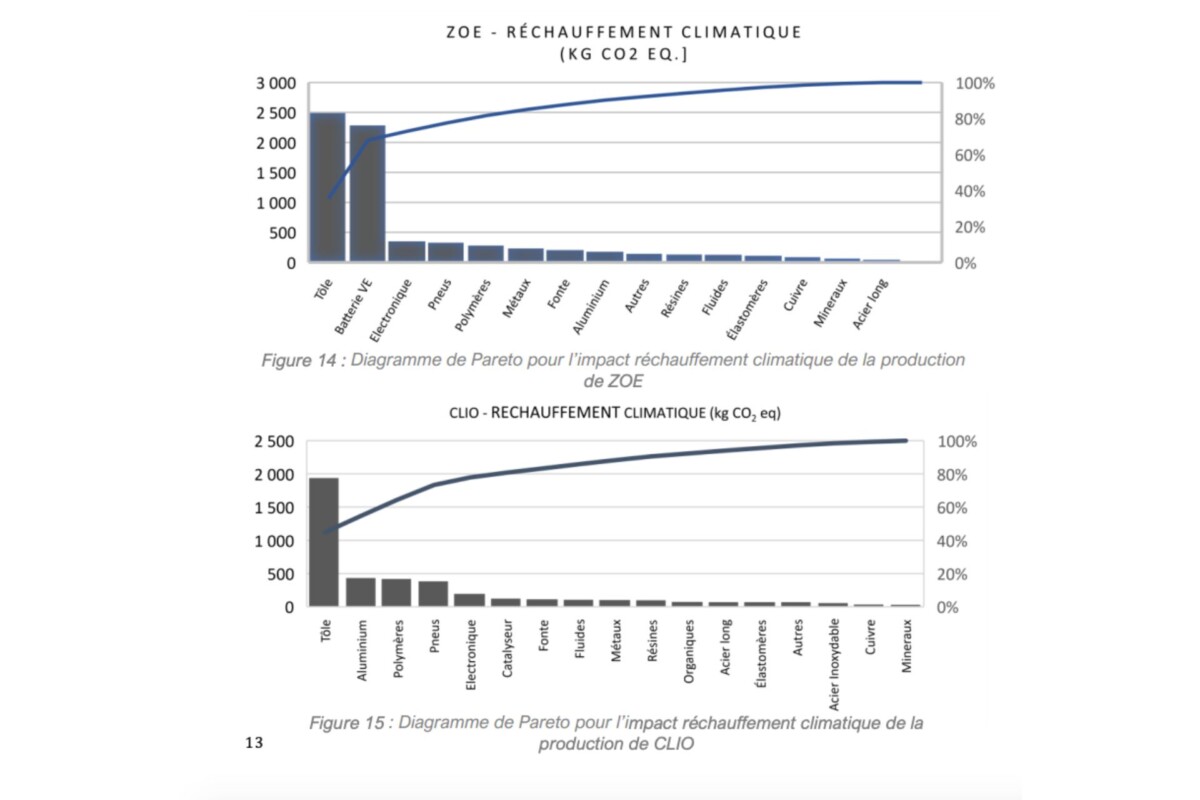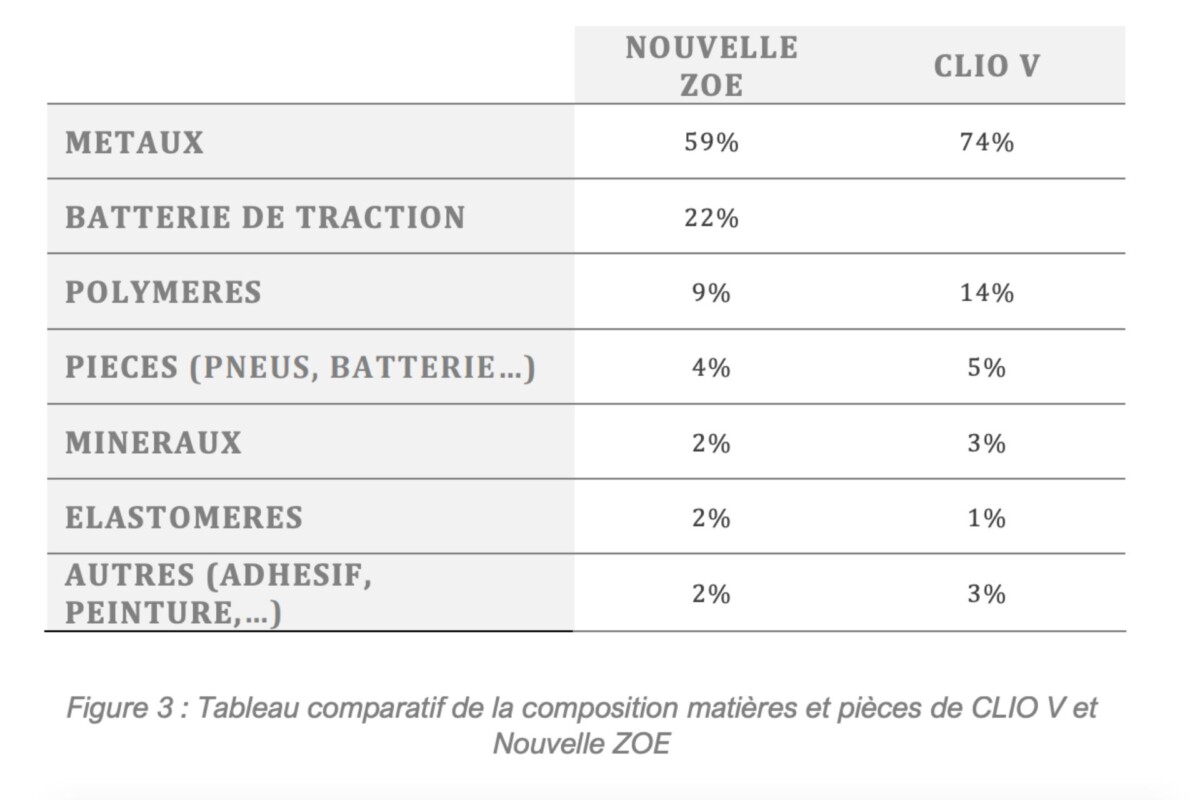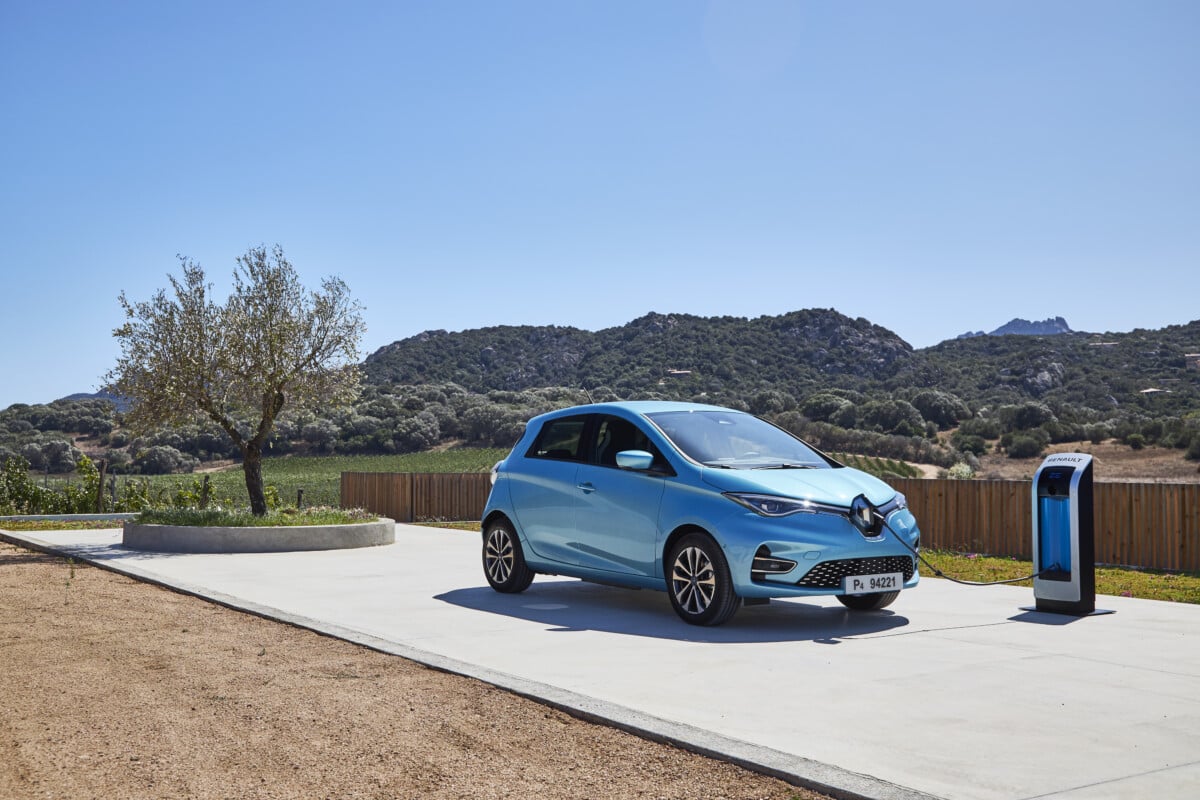A study conducted by Renault on its Zoé proves that it is not the battery that should be blamed with regard to pollution. Because it is actually a completely different element which one would not necessarily think of at first sight which would pose a problem. And this is specific to all cars, whether electric or not. Fortunately, solutions exist.
While the market share of electric cars is on the rise, posted at 16% in May 2023, there are still many detractors. Among the main criticisms addressed to this engine, we find the price and autonomy, two aspects that are beginning to improve. But the issue of pollution is also often raised.
The battery, but not only
As we know, an electric car cannot really be called “clean”, for many reasons. And above all because its production is still polluting. We often hear that the problem is on the side of the battery, which would be the most harmful element for the environment. It is true that it is mainly composed of lithium, a material whose extraction is polluting depending on the region of the world.
But a study carried out by Renault at the start of 2021 and taken out of the boxes by Automotive Magazine sheds new light on the environmental impact of electric cars. This relates to the Clio and the Zoé and studies their entire life cycle, in order to determine when the two cars pollute the most. And we already know that it is not for use for the latter.

Hence the wrong use of “zero-emission” to describe electric motorization. Admittedly, driving does not pollute in theory, but production is not perfect. This is precisely what the graphic revealed by the diamond brand proves, which details the impact of each element on global warming during production. Of course, the battery counts for a lot, but it is not alone.
Indeed, the Pareto diagram of the Renault Zoé shows that its battery is the second element with the greatest impact on the environment. But what is the first? Well, quite surprisingly, it’s sheet metal. Indeed, this is the cause of 80% of greenhouse gas emissions during the production of the car. However, it is necessary to qualify, since the Renault Zoé has a “small” 50 kWh battery. With a battery with a larger capacity, the conclusions would be potentially different.
Weight is the enemy
As the report explains, sheet metal, long steel and aluminum currently represent 70% of the total mass of the vehicle, whether it is the Zoé or the Clio. As journalists from theAutomotive Magazineworld steel production represents nearly 10% of emissions from fossil fuels. This high figure can be explained in particular by the massive use of coal.
Another table shows that metals represent 59% of the composition of the Renault Zoé, against only 22% for the traction battery. A figure that rises to 74% for the Clio, which is currently only available as a hybrid. But then, what is the solution to reduce the pollution caused by metals? On paper, it is quite simple, since it will simply reduce car weight.

An idea already mentioned by Luca de Meo a few months earlier and which has many advantages. Who says lighter car says less polluting, because it requires less sheet metal. It also consumes less energy and therefore has a better autonomy. As a result, there is no need for a large battery, especially since an accumulator that is too large is counterproductive. This also makes it possible to reduce the demand for lithium and to lower the cost of production. This impacts the selling price and the profits for the brand.
A strategy that Ford wishes to adopt in particular, which refuses to offer cars with a very long range, because it is of no interest. However, truly reducing the pollution caused by sheet metal work would involve make vehicles less solid or less comfortable. Unless alternative and less energy-intensive solutions are developed over the next few years.
The solution: repatriate the factories to Europe
And precisely, one of the objectives of reindustrializing France and Europe is to repatriate the manufacture of metals, to use low-carbon energy (including green hydrogen as announced by Tesla). This would then considerably reduce the pollution generated by the manufacture of cars. For batteries, it’s the same story, with many battery factories opening in Europe, much less polluting than Asian factories.
In any case, what should be remembered is that an electric car pollutes less than a thermal car (gasoline or diesel) over its entire life cycle. Since a thermal car pollutes much more while driving than an electric car. The electric car therefore leaves with a carbon debt in manufacturing, but catches up very quickly thanks to the electricity it uses to move.
The Watt Else newsletter is THE unmissable Numerama event dedicated to the mobility of the future. Register here!
